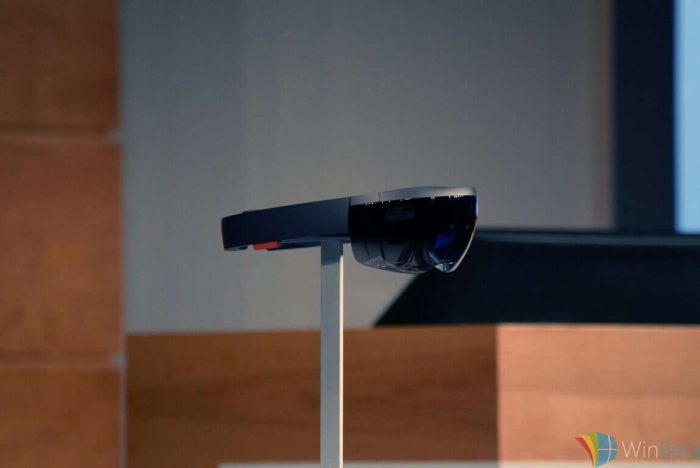Microsoft opens up Windows Holographic, OEMs could build for lower price points, bigger field of view
2 min. read
Published on
Read our disclosure page to find out how can you help Windows Report sustain the editorial team Read more

Microsoft has announced at Computex that it has new plans for Windows Holographic, the platform underlying their popular HoloLens augmented reality solution. The company detailed at Computex that Windows Holographic will be coming to devices of all shapes and sizes, and that it will be inviting OEM, ODM, and hardware partners to build PCs, displays, accessories and mixed reality devices with the Windows Holographic platform.
With Microsoft noting that the market for virtual reality devices is expected to reach 80 million devices per year by 2020, the Windows Holographic partnership will mean for new business opportunities and a mixed reality experience across devices. For instance, Intel, AMD, Qualcomm, HTC, Acer, ASUS, CyberPowerPC, Dell, Falcon Northwest, HP, iBuyPower, Lenovo, and MSI are just a few of the new partners who will be supporting great virtual reality experiences on Windows 10.
Additionally, in a article published on The Verge about the same plans for Windows Holographic, Terry Myerson notes that he fully expects OEM partners to build Windows Holographic devices with a wider field of view than Microsoft’s HoloLens. He also noted that HoloLens will be one device that will exist within the future Holographic ecosystem.
When asked about HoloLens’ accessibility, Myerson also hinted that the OEM’s could build hardware on the Windows Holographic platform for cheaper:
“And the current price point of HoloLens is $3,000. What we’re announcing today is the opportunity to work with our partners that have their own vision for different price points, different form factors and other ways to use the same platform.”
With 300 Million devices using Windows 10, this all no doubt shows that Microsoft is focused on providing devices with the ability to perceive the world, and break down the barriers between the virtual and physical reality. So, we would love to hear your thoughts on this announcement by Microsoft, so be sure to drop us a comment below!








